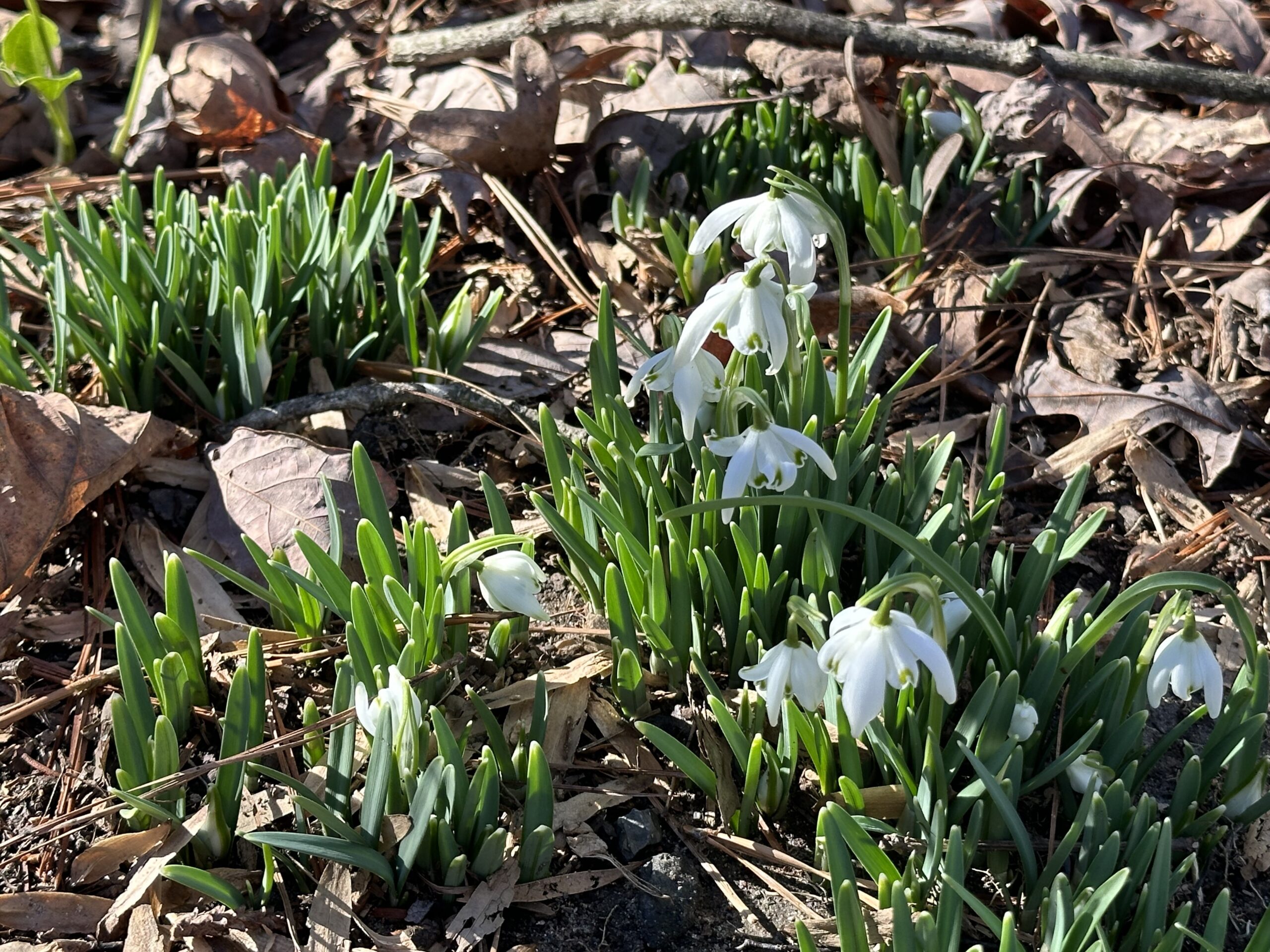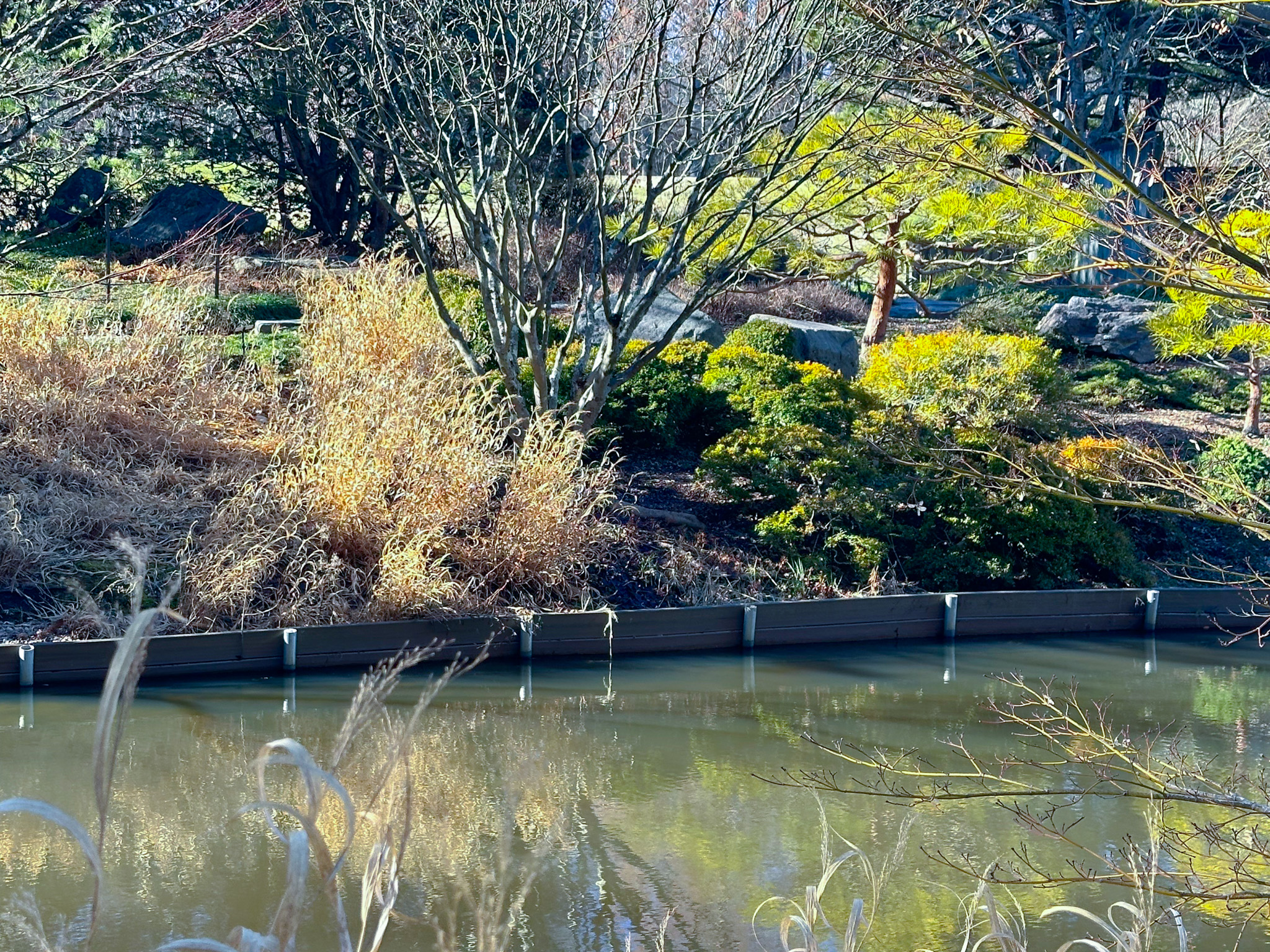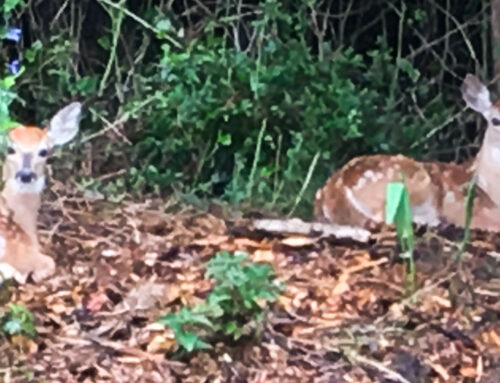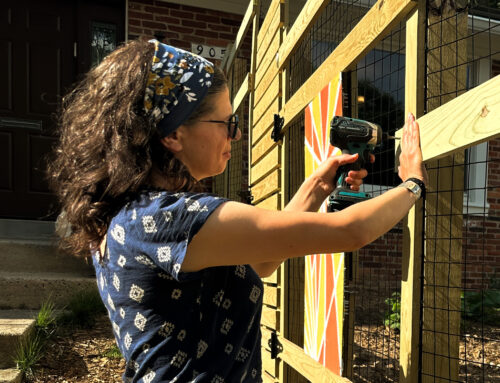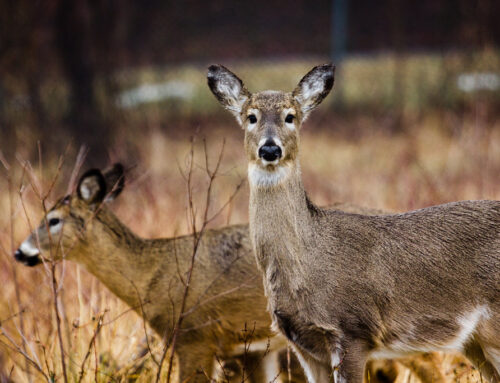summer and winter—You made them.
Psalms 74:17
The glory of the sun in winter. It can transform what seemed like brown uniformity into a tapestry of gold, bronze and silver grey. On a beautiful winter day, I spent an afternoon at Brookside Gardens where all the gems of winter were on display. Winter beauty is quite different from that of the three other seasons. Its colors are muted, a minimalist palette of desaturated warmth where moments of light or color take on a contemplative tone. Red berries persisting from fall are a reminder of the bright overflowing fertility of summer, while the delicate blooms of late winter are a quiet herald of the Spring that is coming to cover all these muted browns, burgundies and golds with bright new green.
The best gardens keep winter in mind. It is not just a season to clean your tools and plan for Spring, but a season with a value in and of itself. Plants are chosen for what they do during the growing season, but also for what they look like in dormancy. Place a Witch Hazel and some red twig dogwoods, in a bed of evergreen bronze leafed Epimediums, Black Mondo Grass and Winter golden Northern Sea Oats and you have a scene worth contemplating from your window as you wash dishes on a frigid if sunny day.
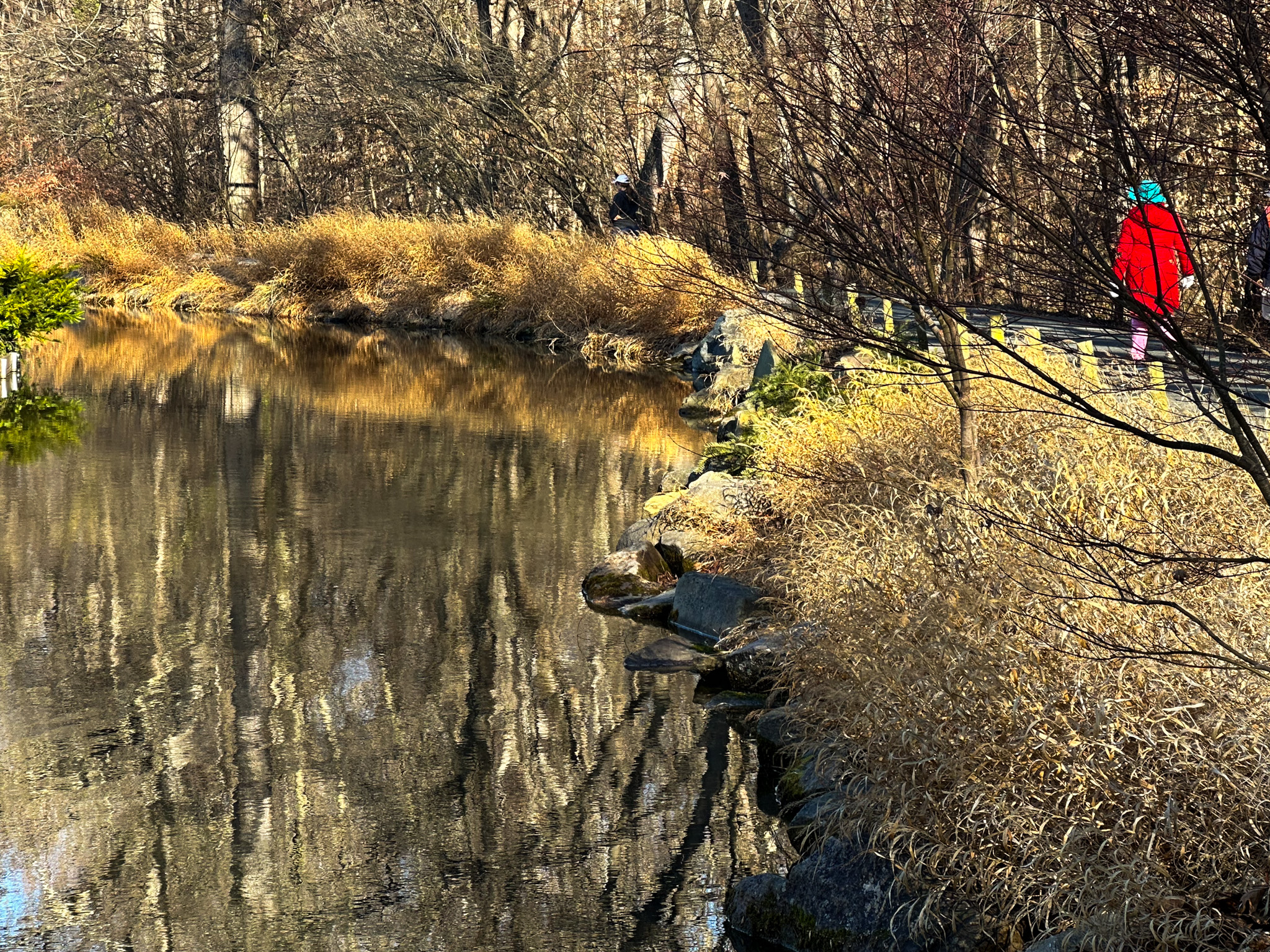
Grasses in Gold and Bronze
Deciduous Grasses and Perennial Stems
Plant deciduous ornamental grasses where they will be backlit by sunlight in winter and you’ll find yourself enchanted by the golden glow as the low winter sun sets the sweep of vegetation on fire. Let perennial stems persist into early March and you will be rewarded with silver grey structure in your quiet winter garden. Dried flower and seed heads add interest and catch the eye as well as the breeze. They also help the birds feel at home in your garden, which is good for the birds, but also adds an element of cheerful liveliness for you. Hydrangea blooms look particularly attractive in winter when they fade into beige pom poms that add a touch of whimsy to the winter garden. Cornus sericea, or Red Twig Dogwood, a native shrub reveals beautiful red stems in winter as its leaves drop and an amazing array of cultivars add other colors into the mix – coral, yellow, purple.
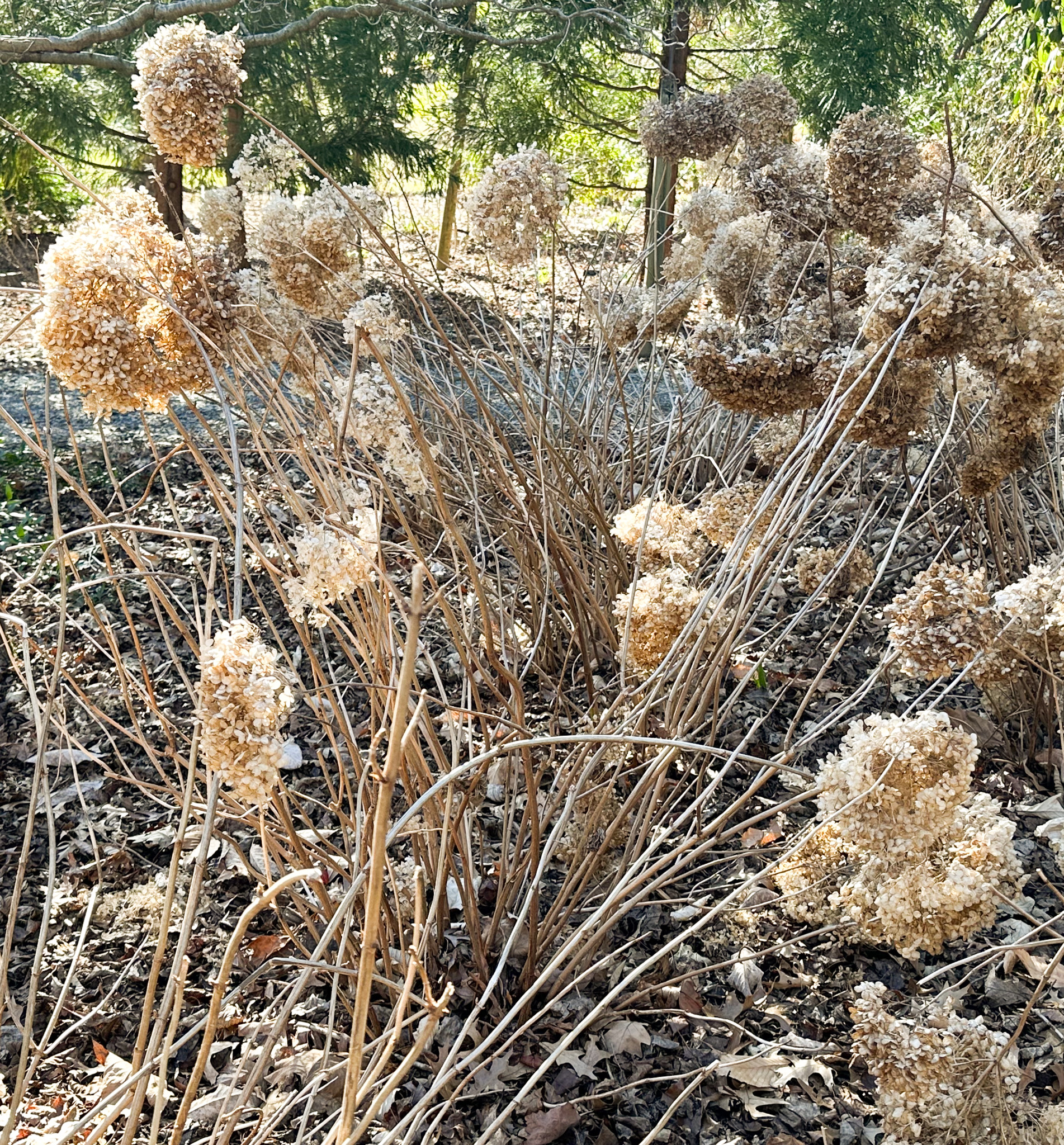
Hydrangea Pom Poms
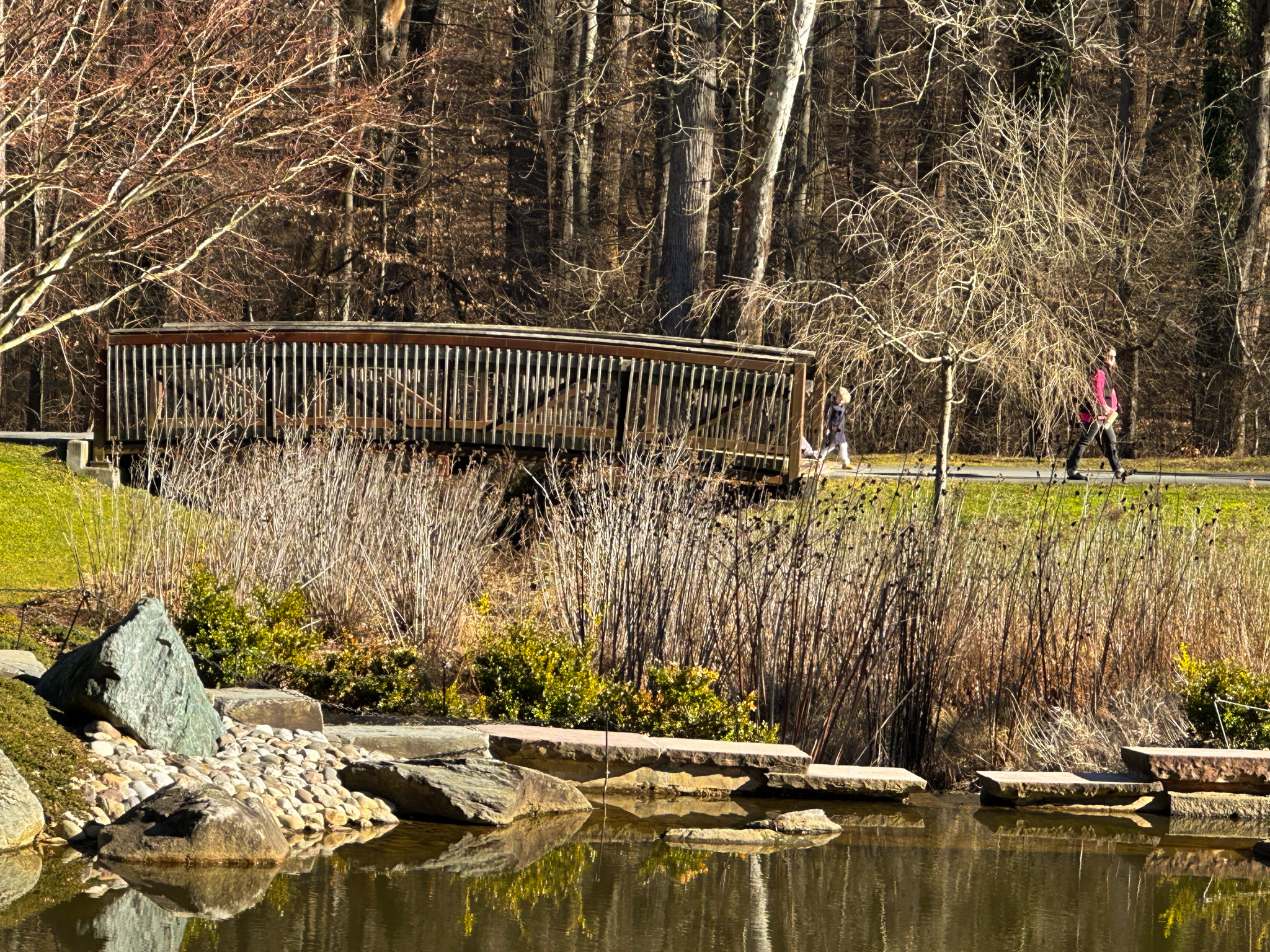
Silver Stems
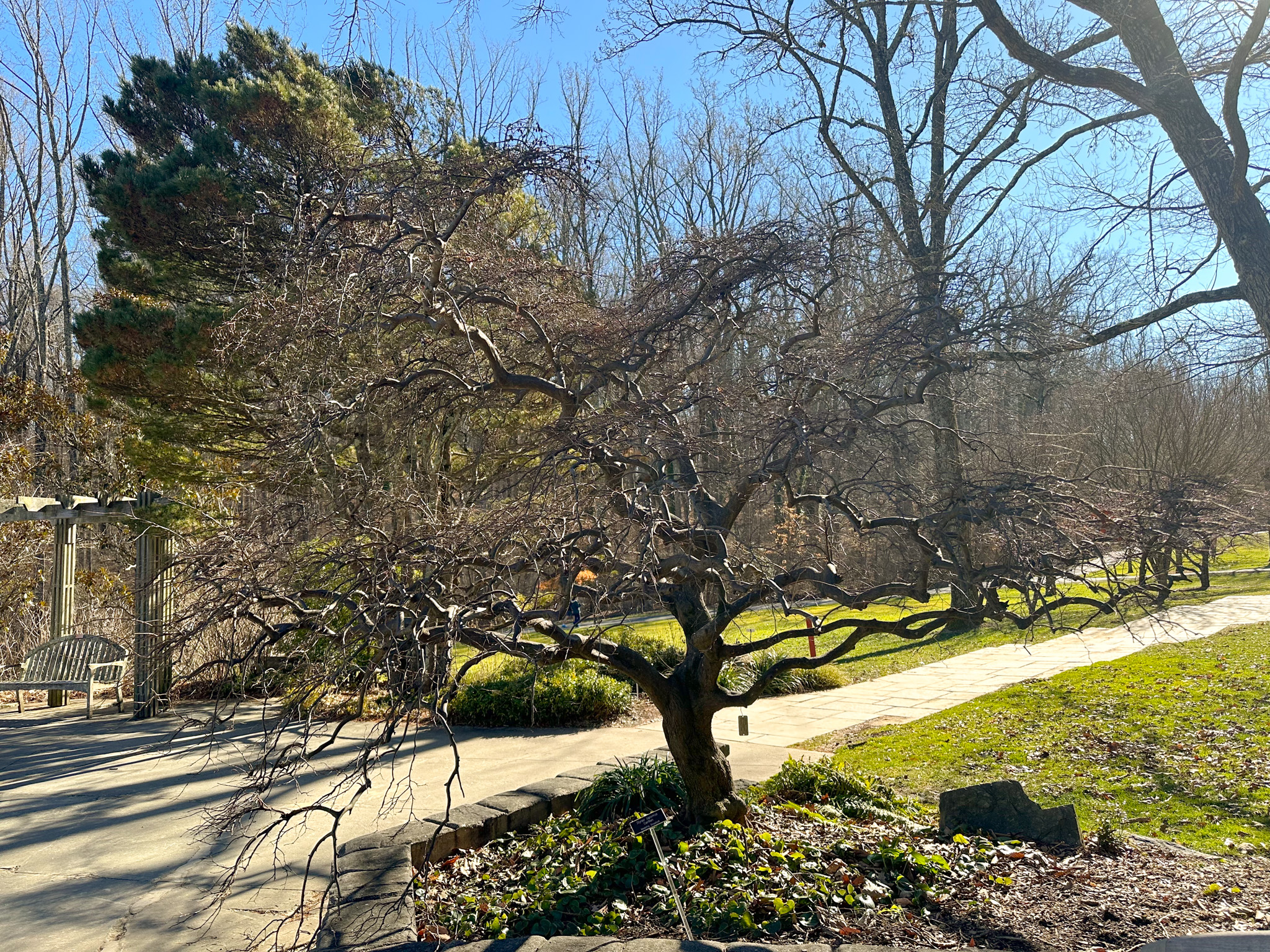
Sculpture
Ornamental Trees- Bark and Sculptural Form
Denuded of leaves, some trees suddenly become works of sculptural art. Like nudes posing for a painting, the form is suddenly revealed standing uncluttered by its usual raiment of leaves and flowers. Twisting limbs and sweeping branches reach for the heavens or weep down towards the earth. The pose is a reminder of the majesty of trees, of their structural integrity, and of their ability to become increasingly complex and beautiful as they age. The most beautiful Cherries, Maples and Pines are the oldest, given time to develop a personality, twisted limbs and a complicated balance that humans might influence through pruning, but never quite predict.
Evergreens
The most obvious evergreens are the large conifers, rising majestic among the brown branches of this regions broadleaf deciduous majority. They are welcome columns of green in winter. Less known are the dwarf conifers, the size of small shrubs, these are often pruned with hedge trimmers into sad little balls devoid of texture and personality. When left to their own devices and pruned more selectively they become much more interesting and lively. Similarly, resist the hedge trimmers when faced with an oversized Camellia, Holly or Rhododendrons. These broadleafed evergreens provide structure to the winter garden, as well as wonderful lustrous green leaves and sometimes winter berries and flowers. A hedgetrimmer is likely to spread disease, create big balls of foliage and disrupt the natural form of these ornamental shrubs. Do some research before you prune. It’s always better not to prune rather than prune badly.
Lower down closer to the ground, do not underestimate the role evergreen ground covers can play in creating a tapestry of color and in providing a sense of spatial organization in winter. Islands of green provide a contrast to grey and brown stems and enliven dark spaces. Mondo grass, Huecheras, Hellebores, Epimedium, Wild Ginger, ferns and Evergreen Carexes create an understory worth celebrating.
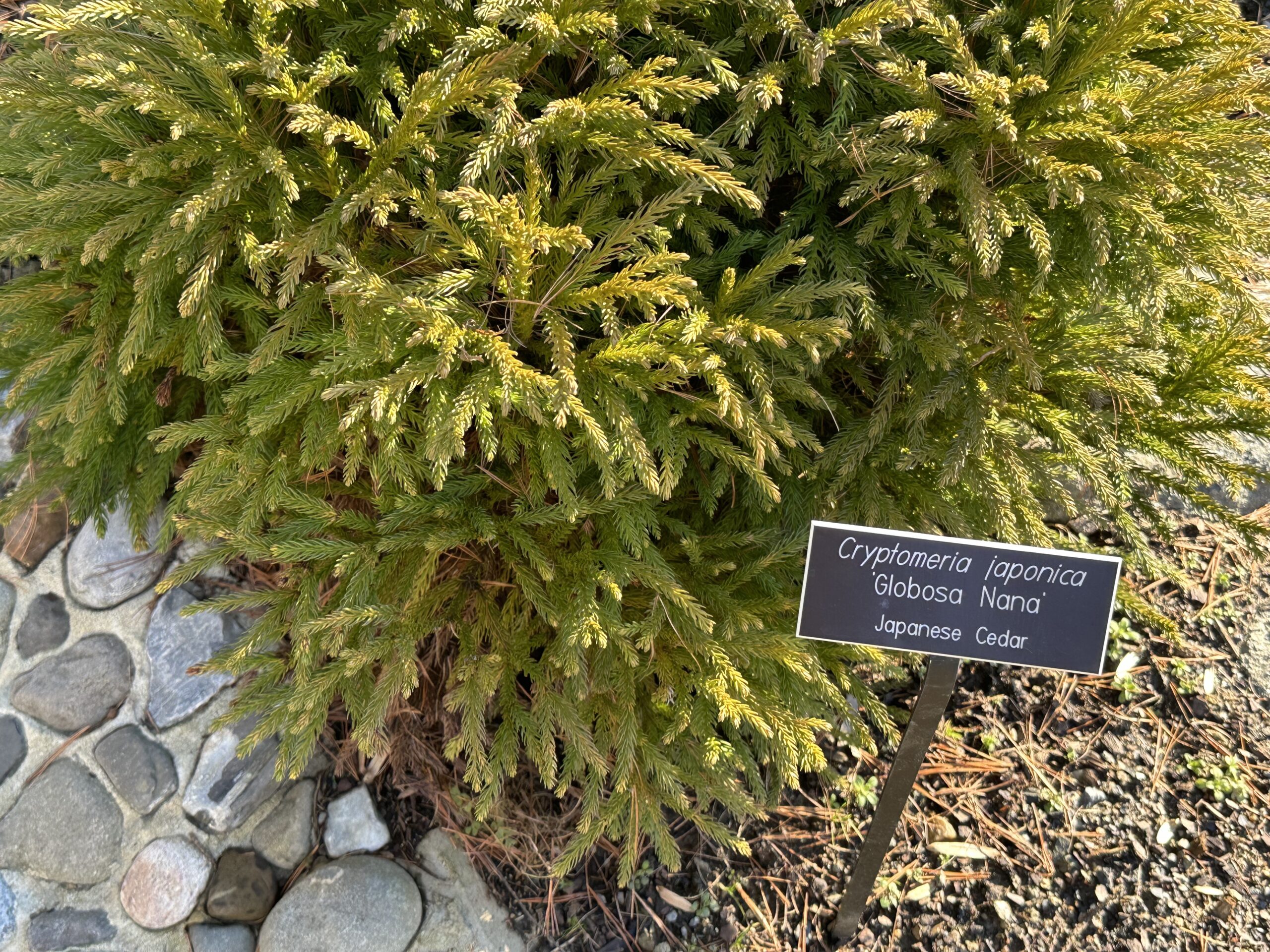
Cryptomeria 'Nana'
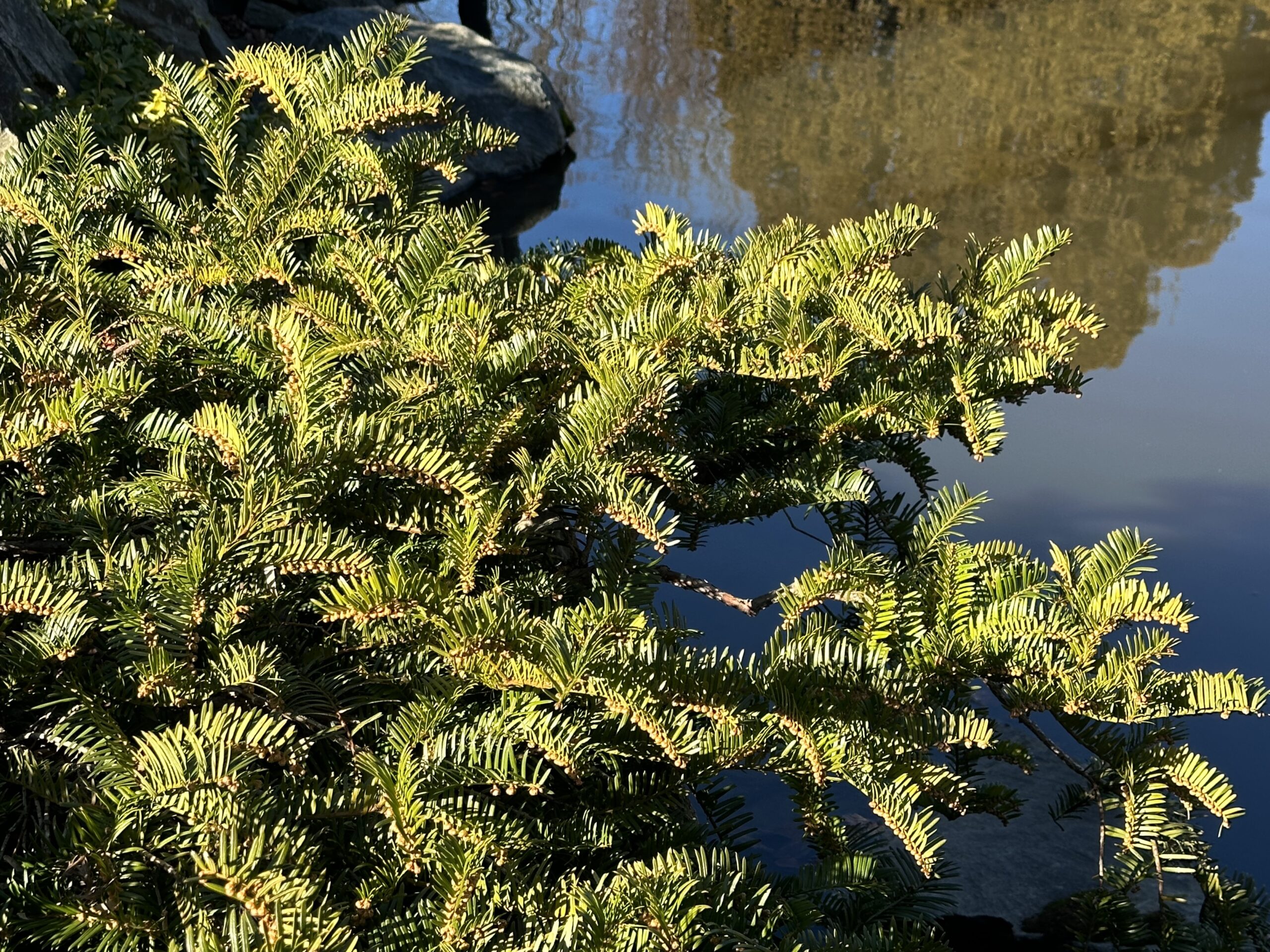
Creeping Yew
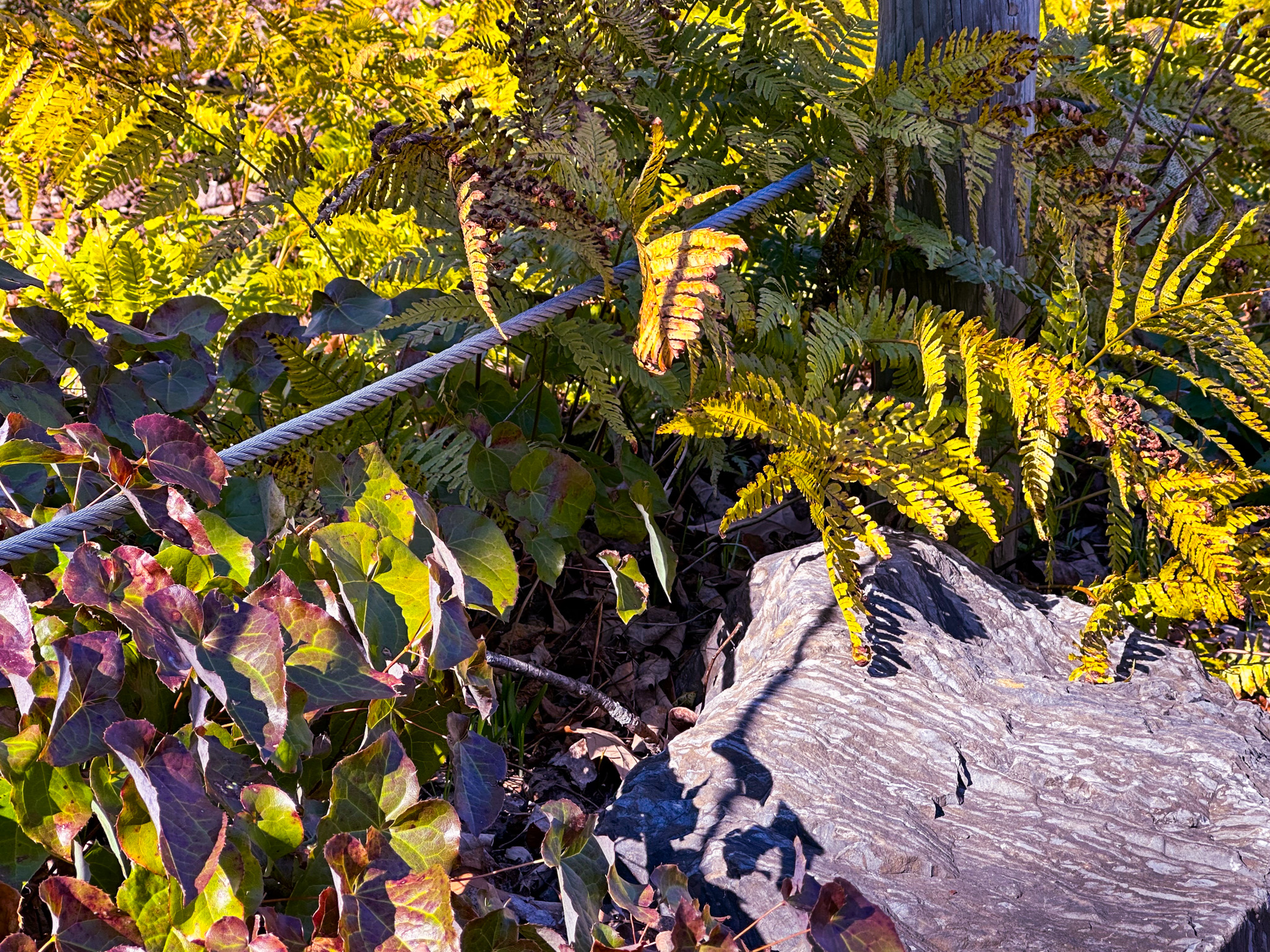
Ferns and Epimediums - Green and Bronze
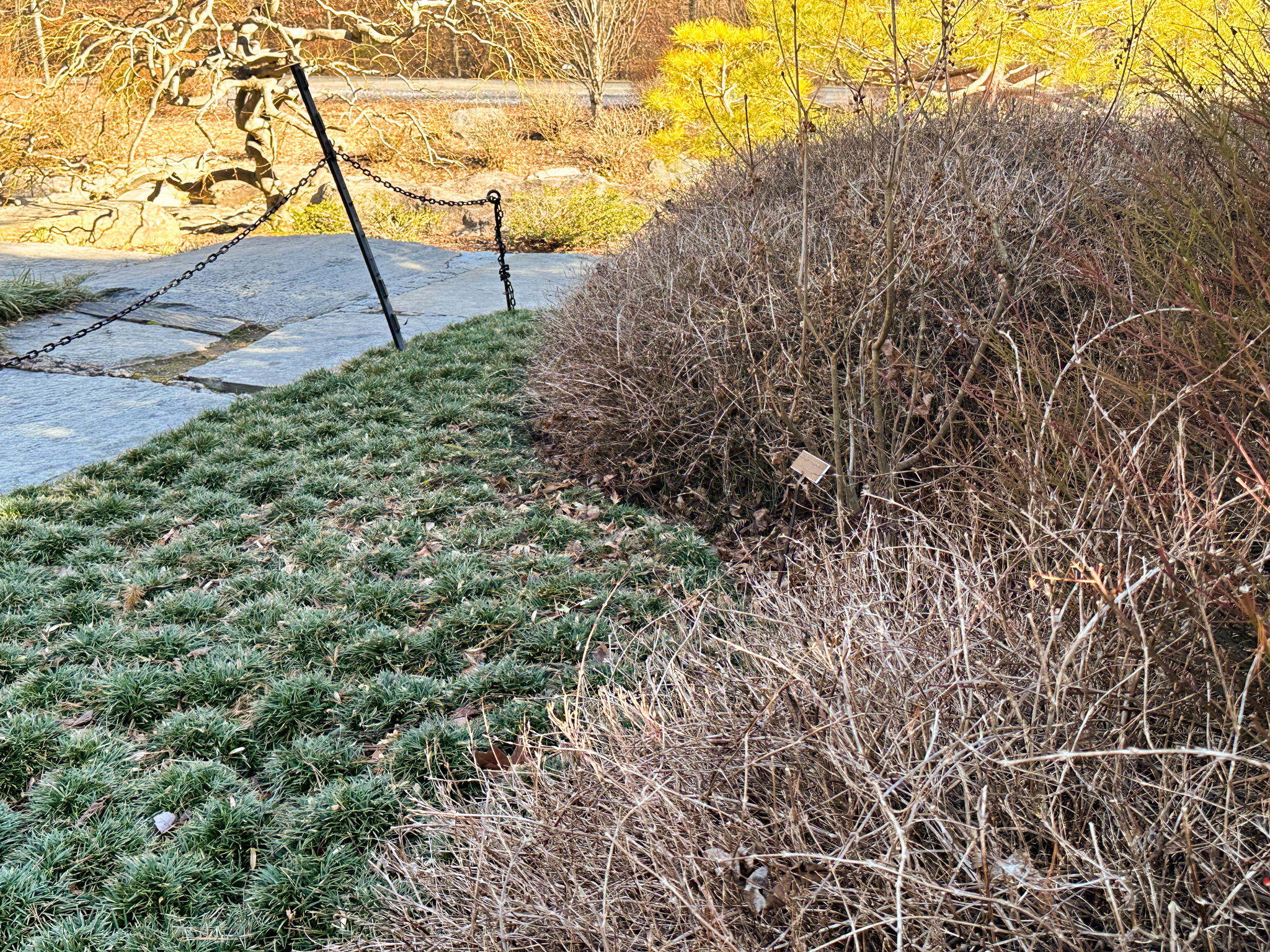
Petite Mondo Grass Mounds
Spring Blooms
The hollies are still festooned with the red berries of fall, and much of what is interesting this time of year is the faded persistent foliage of summer. Yet, in some ways February, feels like the very beginnings of spring, at least as far as the Witch Hazels, some early Flowering Plums and the snowdrops will have you believe. Hellebores are starting to bloom, and here and there a happy little crocus pops up from the warming ground. The daffodils are poking up everywhere. It might still snow, and will certainly freeze at night, so don’t start planting your tomatoes out, but the process that leads to Spring has started.
So it’s a good time to start planning your garden for next year. Take notes on what catches your eye now and start thinking of what you can put into the ground as the soil warms that will brighten the view out your window on a bright frigid day next winter.
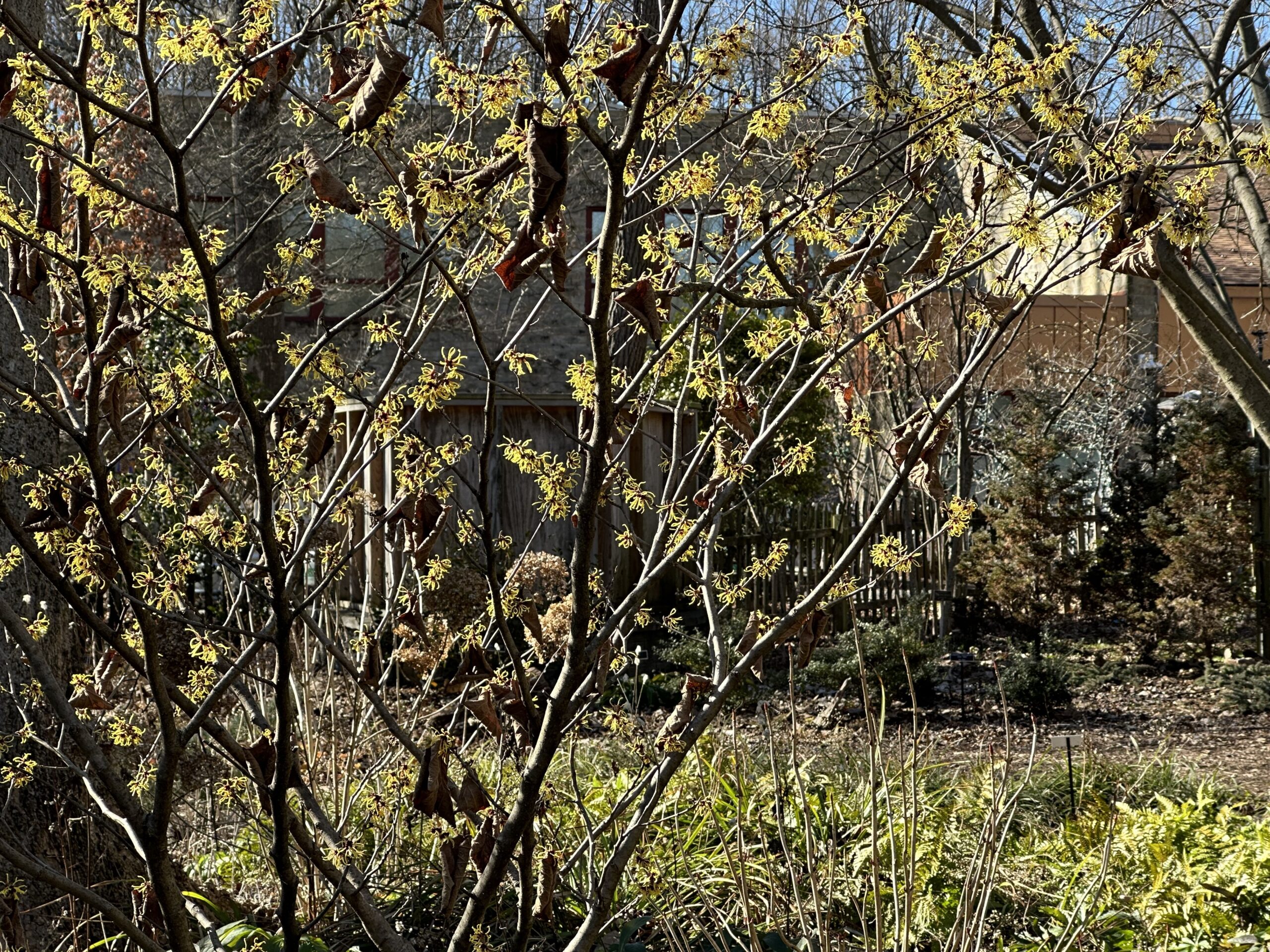
Witch Hazel
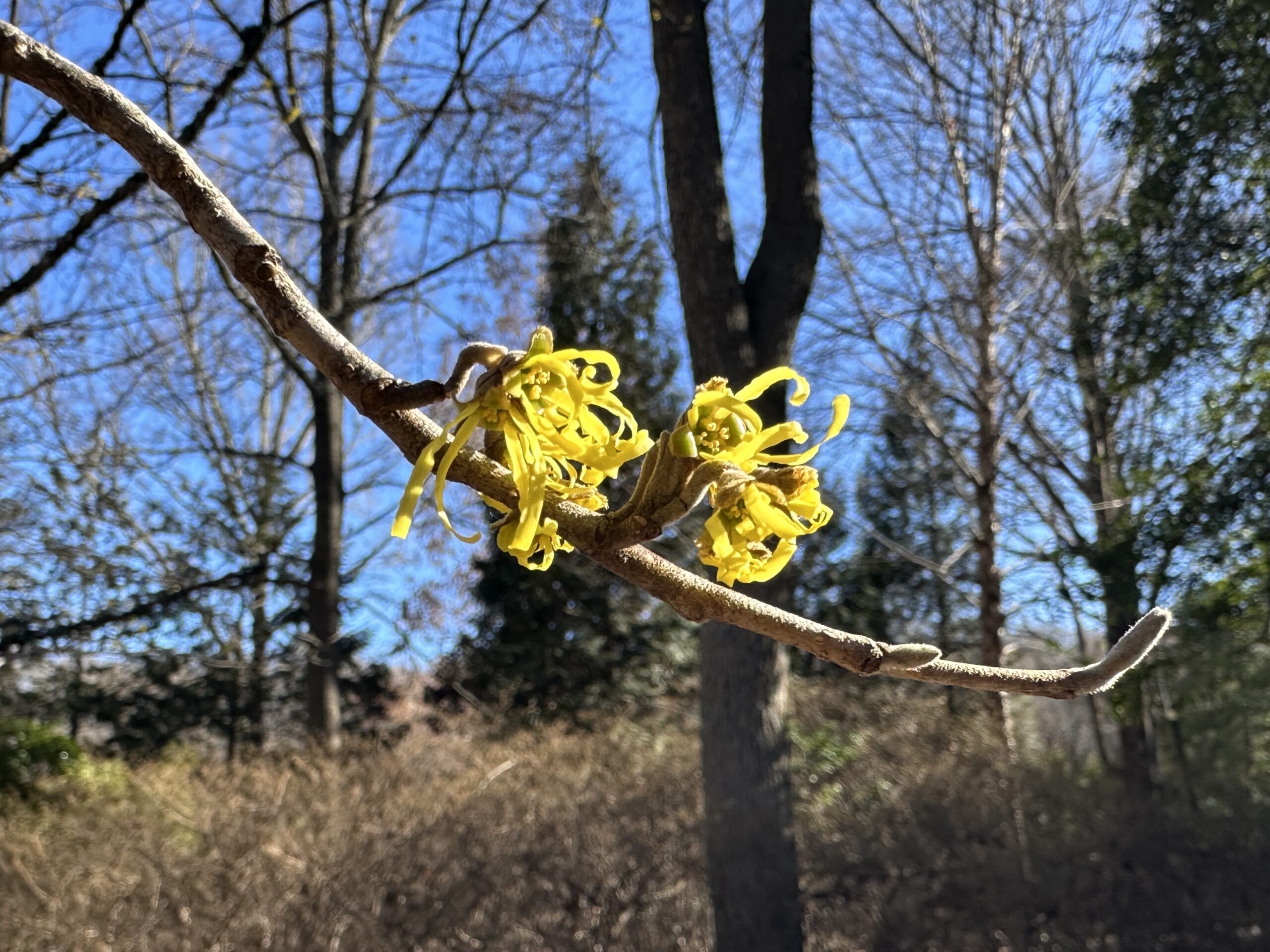
whitch hazel detail
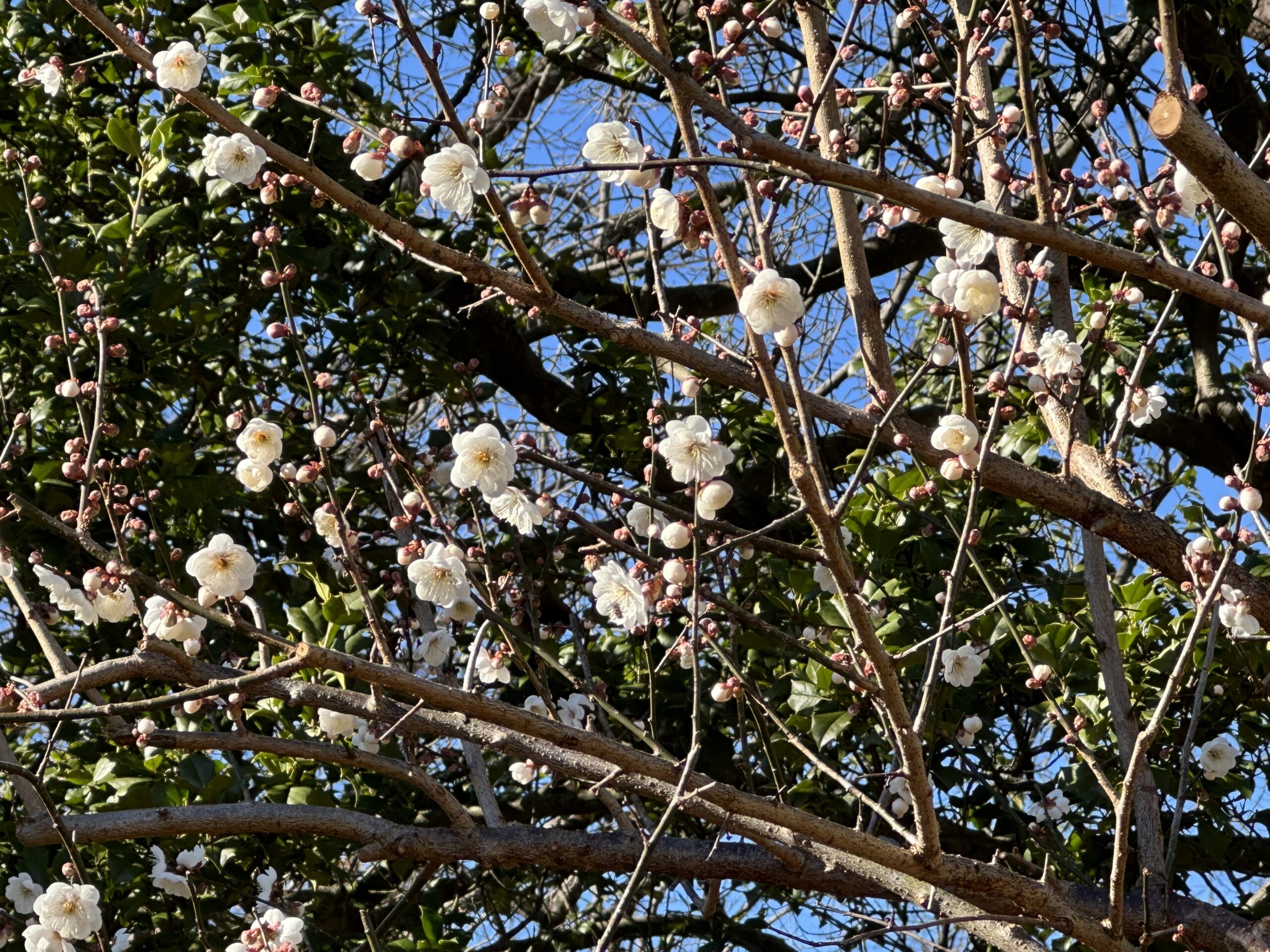
Flowering Plum
